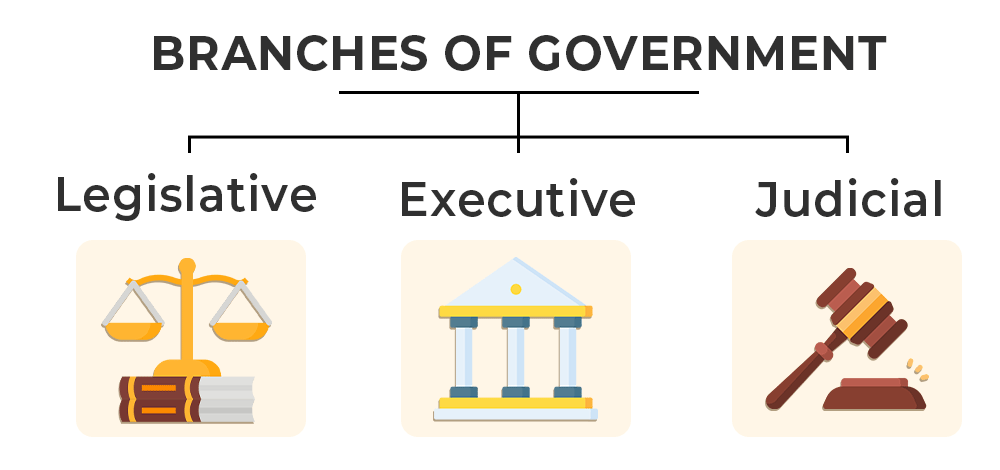Shabana Safdar Khan
Smog: A Pervasive Environmental Menace
Smog, a combination of smoke and fog, is a type of air pollution characterized by a hazy, brownish-orange appearance. It is primarily caused by a mixture of pollutants, including particulate matter, nitrogen oxides, sulfur oxides, and volatile organic compounds. Smog can have significant adverse impacts on human health, causing respiratory problems, heart disease, and other health complications.
Types of Smog
Two primary types of smog are commonly recognized:
- Photochemical Smog: Also known as summer smog, photochemical smog is formed during warm, sunny weather when sunlight triggers chemical reactions between pollutants in the atmosphere. This type of smog is often associated with high ozone levels, which can cause eye irritation, coughing, and other respiratory problems.
- Secondary Smoke: Also known as winter smog, secondary smoke is formed during cold, stagnant weather when pollutants from sources like vehicle emissions and industrial activities become trapped near the ground. This type of smog is often associated with high levels of particulate matter, which can cause respiratory problems, cardiovascular issues, and other health concerns.
Combating Smog: Strategies for Cleaner Air
Tackling smog requires a multifaceted approach that addresses both emission sources and individual behaviors. Here are some key strategies for controlling smog:
- Reduce Vehicle Emissions: Encourage the use of public transportation, carpooling, and cycling to reduce the number of vehicles on the road. Promote fuel-efficient vehicles and implement stricter emission standards for new and existing vehicles.
- Control Industrial Emissions: Enforce stricter emission standards for industrial facilities, particularly those emitting pollutants like sulfur oxides, nitrogen oxides, and volatile organic compounds. Encourage the adoption of cleaner technologies and energy-efficient practices in industries.
- Minimize Open Burning: Implement strict bans on open burning of agricultural waste, household trash, and other materials. Encourage alternative waste disposal methods and promote awareness about the harmful effects of open burning.
- Promote Sustainable Urban Planning: Encourage mixed-use development, compact urban design, and efficient transportation networks to reduce dependence on personal vehicles. Implement green building practices and promote energy-efficient landscaping.
- Raise Public Awareness: Educate the public about the causes and health impacts of smog. Encourage individuals to adopt eco-friendly practices, such as carpooling, using public transportation, and conserving energy.
Please, subscribe to the monthly magazines of republicpolicy.com
Administrative Strategies to Counter Smog in Pakistan
Pakistan faces significant challenges in addressing smog due to rapid urbanization, industrial growth, and a reliance on fossil fuels. However, several administrative strategies can be implemented to effectively combat smog:
- Strengthen Environmental Regulatory Bodies: Empower environmental protection agencies at both national and provincial levels to effectively monitor air quality, enforce emission standards, and hold polluters accountable.
- Invest in Air Quality Monitoring Infrastructure: Expand the network of air quality monitoring stations across the country to provide real-time data on pollution levels. This data can inform policy decisions and public awareness campaigns.
- Implement Smog Alert Systems: Develop and implement effective smog alert systems to warn citizens about high pollution levels and advise them to take precautionary measures.
- Promote Regional Cooperation: Collaborate with neighboring countries, particularly India, to address transboundary air pollution issues and develop joint strategies to reduce smog.
- Invest in Renewable Energy: Encourage the transition to renewable energy sources like solar, wind, and hydropower to reduce reliance on fossil fuels, which are major contributors to smog.
- Promote Sustainable Agriculture Practices: Encourage farmers to adopt sustainable agricultural practices, such as reducing the use of chemical fertilizers and pesticides, which contribute to air pollution.
- Strengthen Public Transportation Systems: Invest in expanding and improving public transportation networks to provide viable alternatives to private vehicles.
- Promote Green Spaces and Urban Forestry: Increase green spaces and urban forests in cities to act as natural filters and improve air quality.
- Enforce Strict Vehicle Inspection and Maintenance Programs: Implement regular and strict vehicle inspection and maintenance programs to ensure vehicles are in good condition and minimize emissions.
- Promote Environmental Education: Integrate environmental education into school curricula and public awareness campaigns to raise understanding about the causes and impacts of smog.
Please, subscribe to the YouTube channel of republicpolicy.com

















